Industrial Revolution
Mass production, the camera, and a return to nature
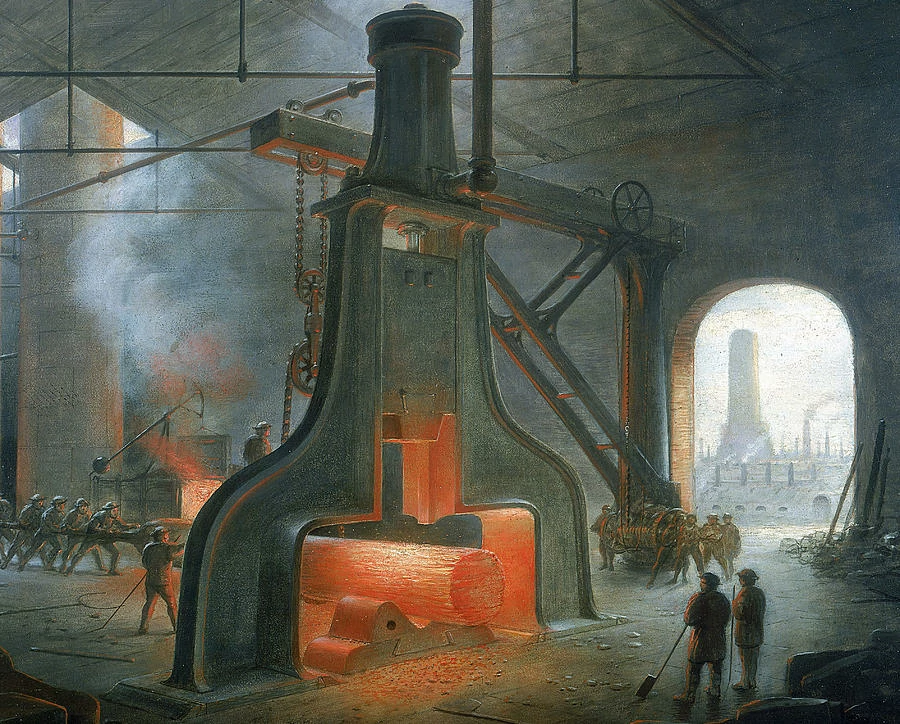

In the first years of the nineteenth century, a series of mechanical inventions changed the course of human culture instantly and permanently. James Watt created a new form of steam engine, powering factories and launching international travel with more efficient steam ships. Eli Whitney’s cotton gin and Edmund Cartwright’s power loom created a massive textile boom, with exponentially faster production leading to a commoditization of a previously craft culture. Benjamin Huntsman’s crucible steel and James Neilson’s hot blast furnace made iron and steel the building materials of choice, ushering in the era of the skyscraper.
But as the factories filled, artists’ practice was radically and permanently changed by a much simpler invention. In 1843, John Goffe Rand invented the tin paint tube. Where before paint was mixed in the studio and dried out quickly, preserving the paint in a tube allowed artists mobility for the first time. Paradoxically, while the Industrial Revolution drew millions into cities and urban centers, it sent artists outside. Art of the Industrial Revolution tends to be pastoral, plein-aire, more often a reaction against the speed and metal of the industrial age. We see the birth of Romanticism, Impressionism, and the Hudson River School dedicated to the majesty of nature. With travel more affordable via steamship, artists traveled the globe, leading to the first blendings of cultural style and influence. It took a hundred years and a world war before artists fully embraced industrialization, when the radical Futurist movement swept through Europe.
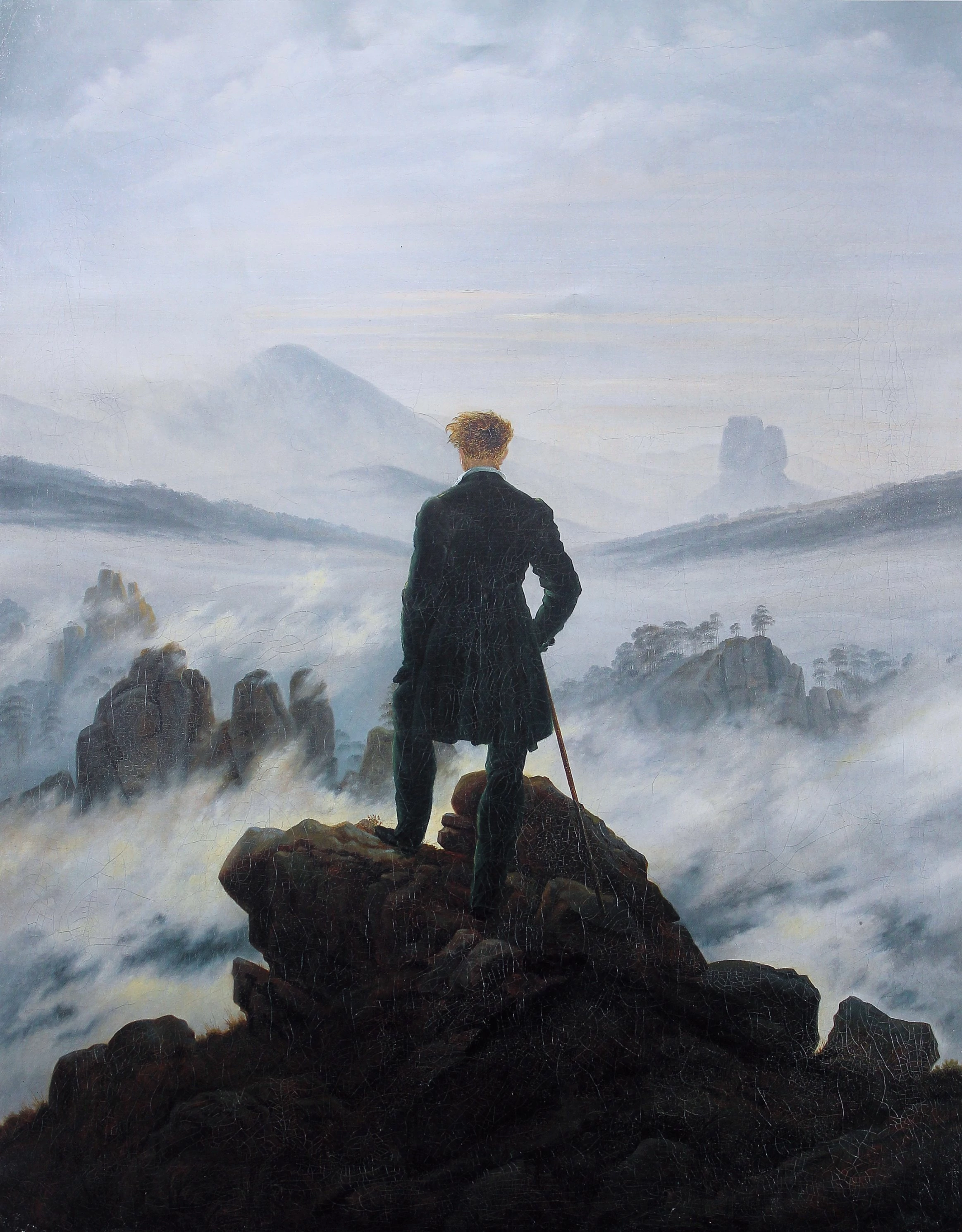
Artistic revolt against the Age of Enlightenment
1800 – 1860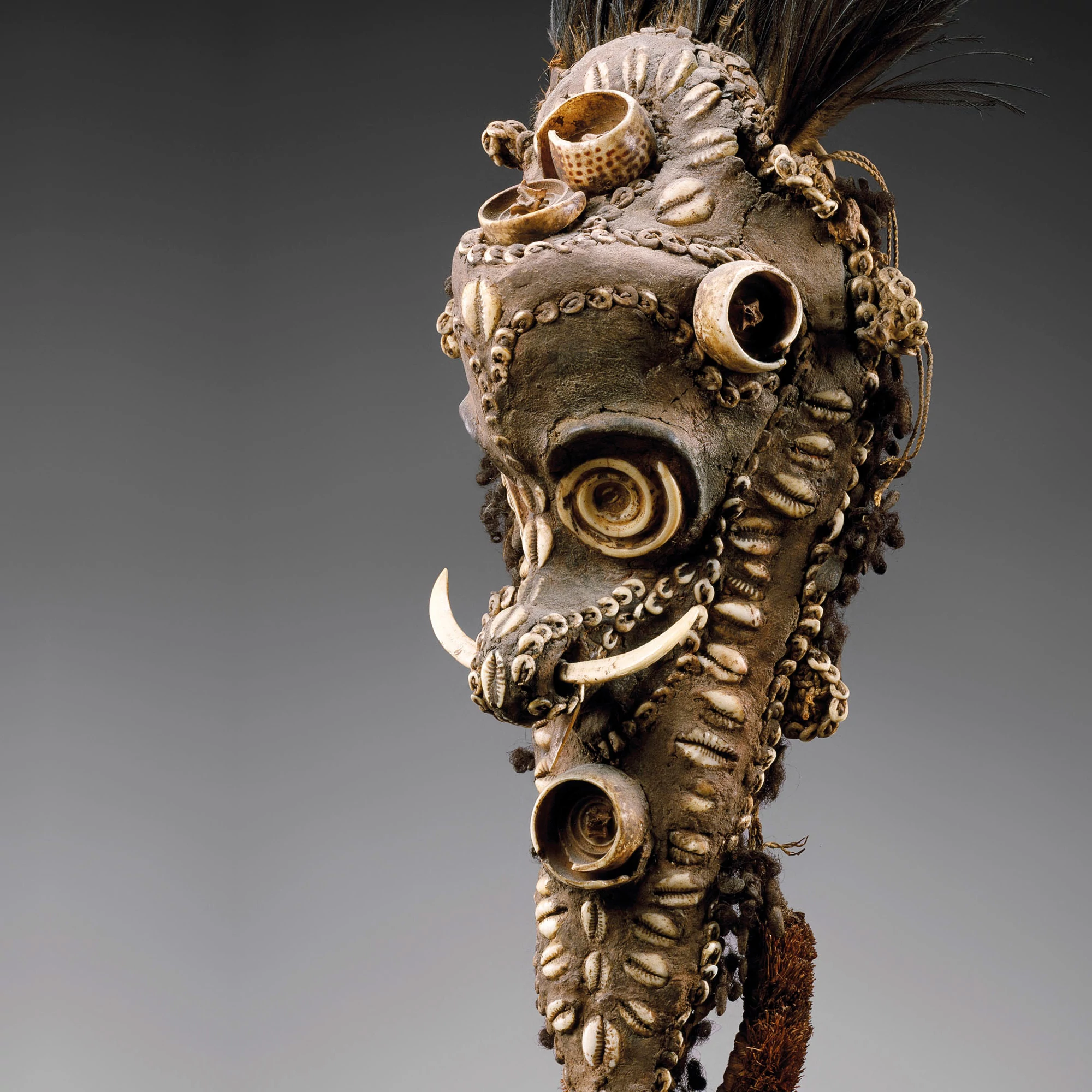
10,000 islands, 1800 cultures and languages
1800 – 1925
The western fantasy
1805 – 1920
An American fraternity of mountain worshipers
1825 – 1870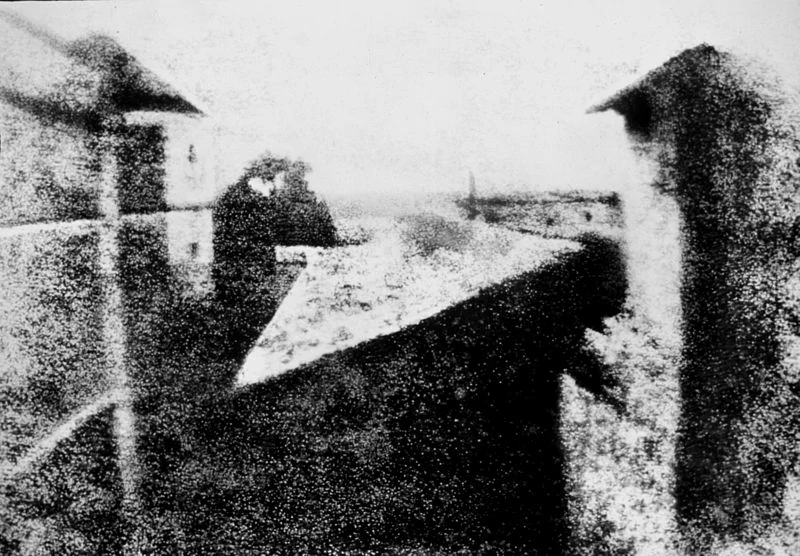
Nature's pencil: light!
1826 – 1860
A small village in France, a gathering of artists.
1830 – 1870
Love-lorn teenagers drag art back to the future
1848 – 1900
Truth, accuracy, and the absence of personal bias
1850 – 1880
Light and movement as the crux of human perception
1860 – 1900
The end of feudalism begins with the search for knowledge
1868 – 1912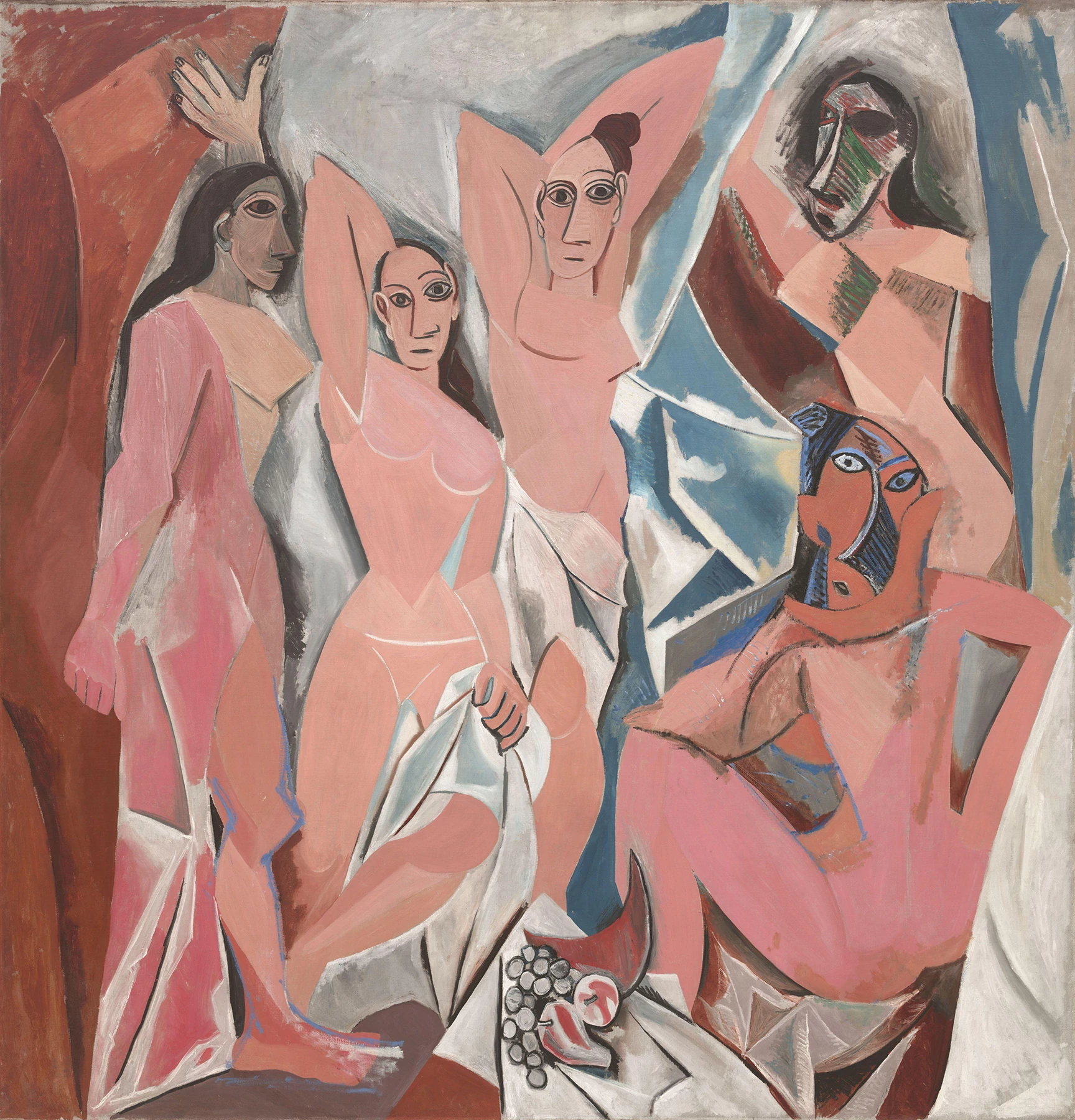
Tradition be damned.
1870 – 1900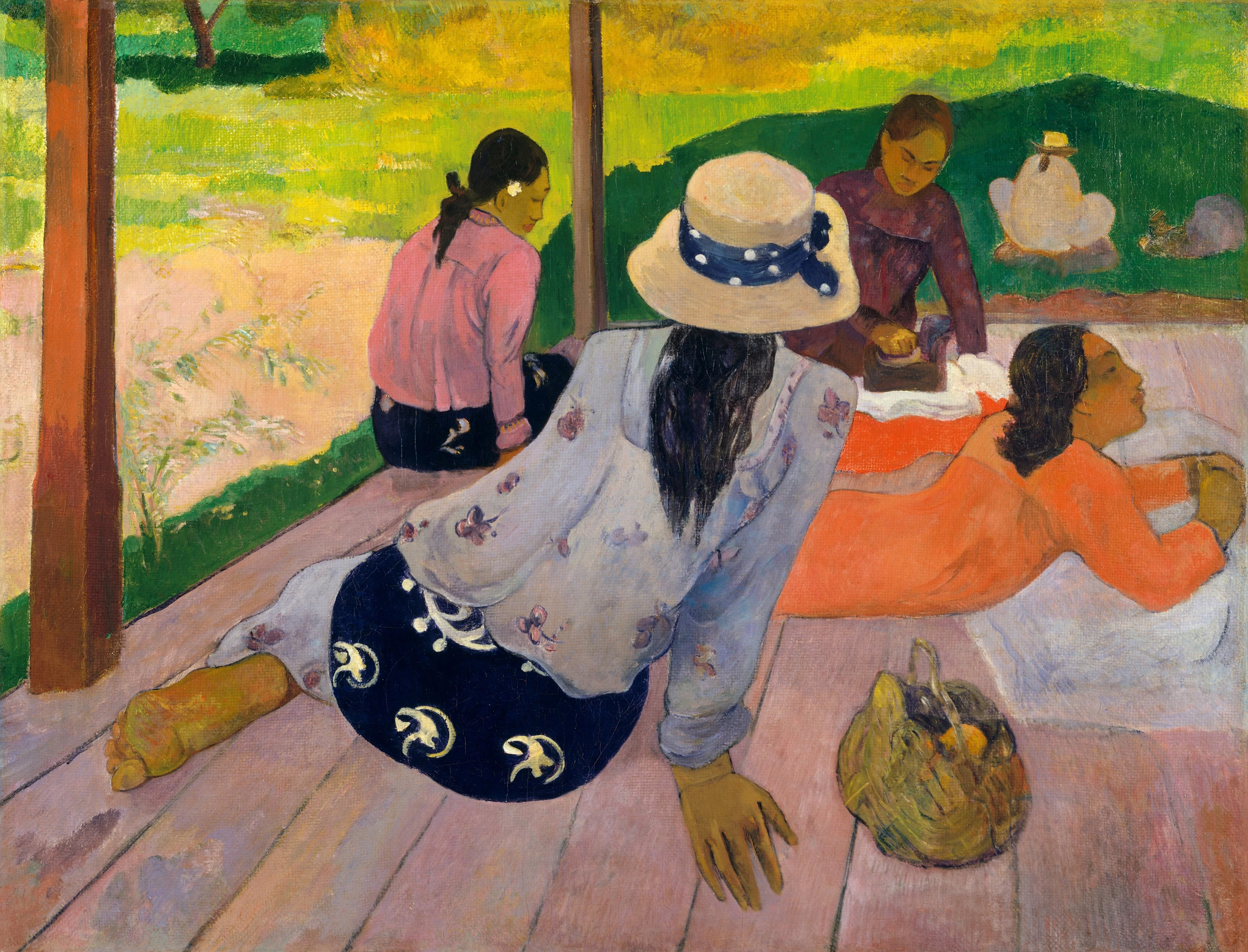
Beyond nature, toward emotional simplicity.
1886 – 1905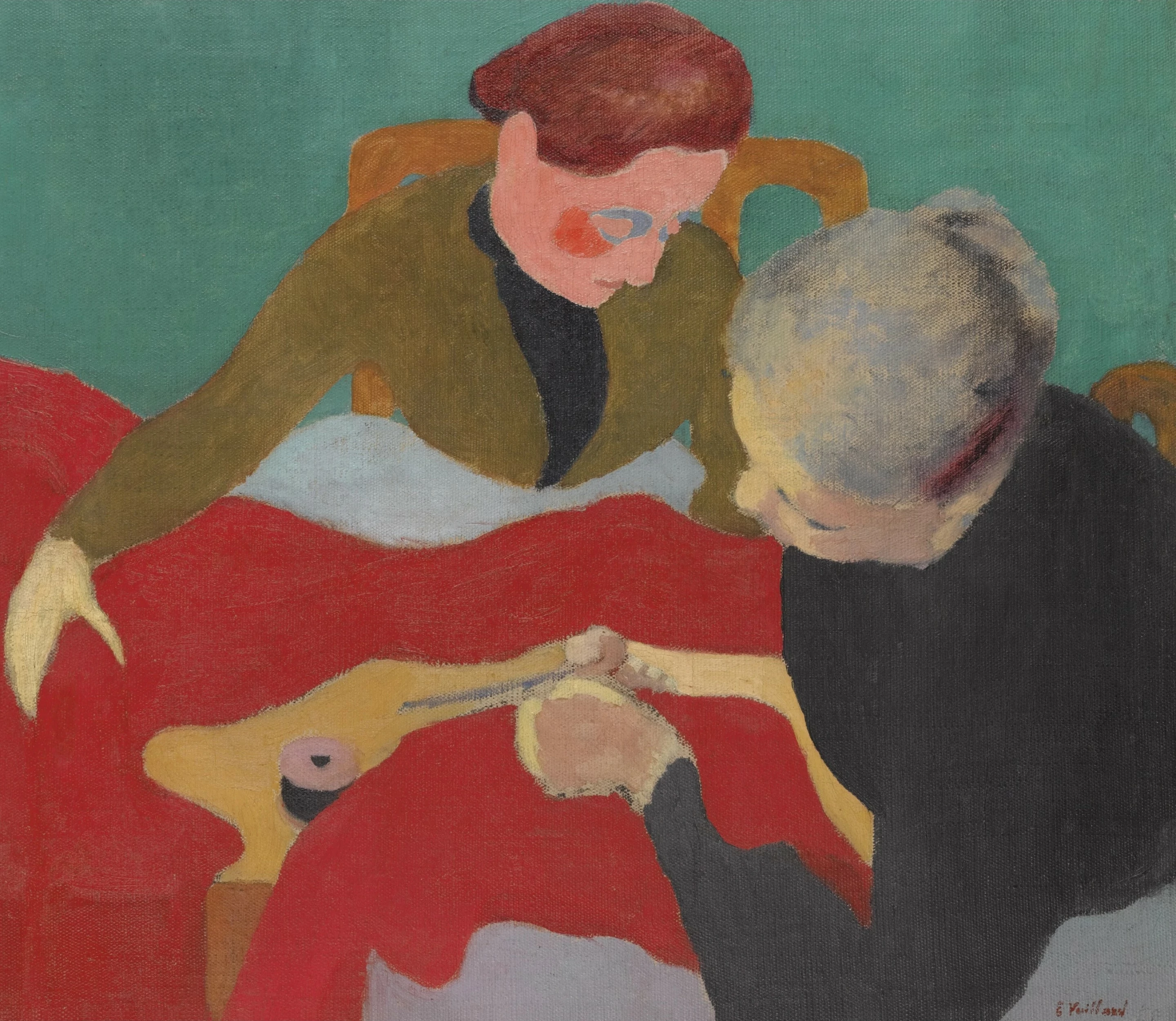
Painting metaphor and symbol
1888 – 1900